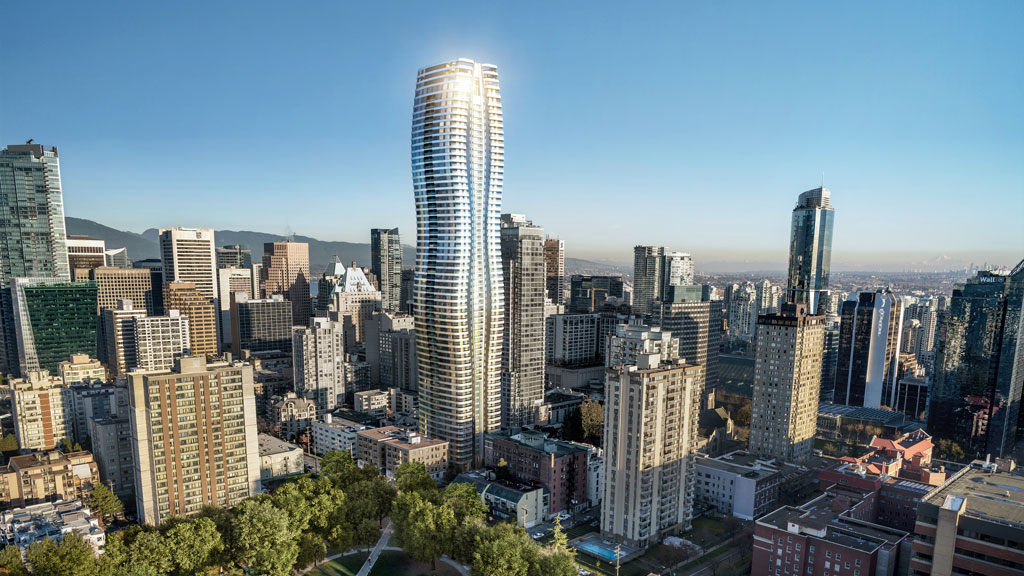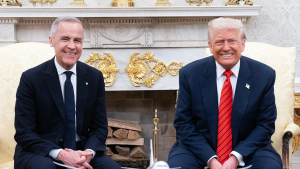The City of Vancouver has announced new goals to decarbonize the built environment.
The city plans to reduce carbon pollution from large existing office and retail buildings by 40 per cent by 2030 and will require zero emissions by 2040.
The city also aims to cut carbon pollution from all new buildings to nearly zero by 2025, create first-of-their-kind requirements to limit carbon processes to track and cap emissions from pollution from building materials, prioritize electrification and develop large commercial buildings.
Jacky Chan, CEO of real estate marketing firm BakerWest, believes developers and builders must adapt to the direction cities like Vancouver are moving in or risk getting left behind.
“We have to start now,” said Chan. “A lot of these master-planned communities, or even these single buildings, take years to be built. So when we are looking at achieving these goals, we have to start this year. All the city planning, all the development applications, all the codes and requirements have to reflect these goals and target or else how will we achieve them? That is going to be the major push and challenge.”
BakerWest’s latest client, Vancouver’s Curv tower, is looking to get out ahead of the pack by being the largest Passive House building in the world.
IBI Group is the architect of record on the project with Tom Wright of WKK Architects as the design architect and Andres Escobar of New York-based Lemay + Escobar as the interior designer. Wright designed the Burj Al Arab in Dubai and this will be his first North American building.
It will feature a super insulated building envelope, high performance windows, optimized solar orientations and carefully planned ventilation.
Chan believes there would be far more environmentally ambitious projects like Curv in the city if the process was easier for developers.
“A lot of developers want to do these things,” said Chan. “They want to help the environment and make better homes. However, in the past years it has been quite a challenge, where there’s a lot of hurdles that developers need to jump through just so they can do something nice and contribute to our city and society.”
Chan added the city should consider introducing incentives for developers who choose to advance projects that contribute towards Vancouver’s climate goals. He suggested giving developers who choose to use green energy systems a break on community amenity contribution fees, different unit mixes or compensating density.
“We only have one Earth,” said Chan. “If we don’t care for this globe we are all housed in, we have nothing. We have no home. That needs to be the fundamental message.”
When it comes to Curv, BakerWest intends to blaze a new trail. Chan said in the past, luxury has been associated with fancy cars, diamond encrusted watches, gold-pated fixtures and more. But he believes the world is shifting.
“As we have passed through the pandemic and gone through a world situation our perspective has changed where we value the luxury of life very differently,” said Chan. “A lot of these material goods like a fancy car is less important than the luxury of health, of comfort, of time, of freedom, of community. These are the true luxuries. The focus of Curv will be creating an opportunity for the owners and tenants and stakeholders to be involved in this new definition of luxury.”
The city’s new targets stem from four building emissions reduction reports that are part of its Climate Emergency Action Plan, which analyzed the sources of Vancouver’s carbon pollution and committed to cutting these emissions in half by 2030.
According to the city, buildings present a significant opportunity for climate action, as burning natural gas, a fossil fuel, in Vancouver’s buildings accounts for nearly 60 per cent of the city’s carbon pollution. The city added embodied emissions, which come from manufacturing, transporting, construction, maintenance, and disposal of building materials, account for 11 per cent of global carbon emissions.
Follow the author on Twitter @RussellReports.











Recent Comments